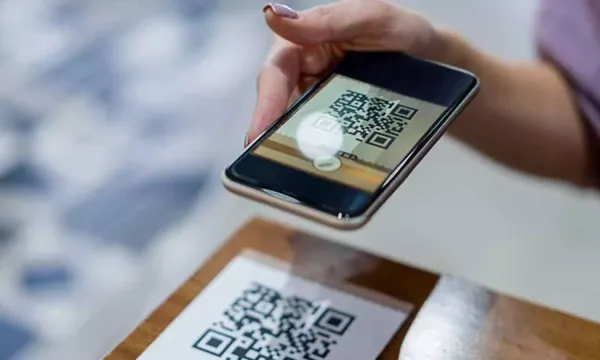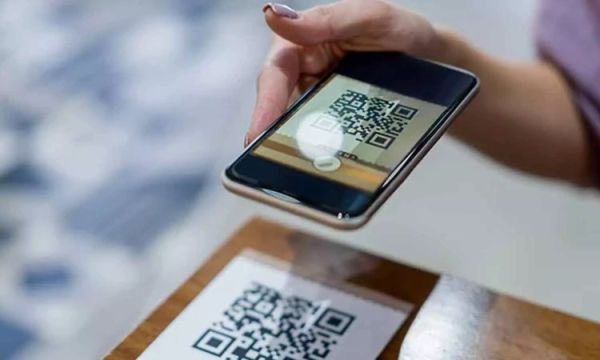
Nowadays, QR codes are used in many aspects of daily life, such as reading restaurant menus, connecting to public Wi-Fi, and even obtaining digital tickets. Originally developed as a way to monitor auto components in the 1990s, touch-free technology has become essential to our interactions with the digital world, particularly since the pandemic increased demand for it.

There are these QR codes all over the place. You’ve probably encountered one lately, whether you’re shopping, reviewing product details, or registering for a venue. The good news is that scanning them doesn’t need downloading a specific program. Everything you need is already on your smartphone.
In essence, a QR code is a smart barcode. Although they may seem to be a straightforward black-and-white square, they are really capable of storing modest quantities of data—usually less than 100 characters for everyday applications; however, they may hold up to 3KB depending on complexity.
These codes are meant to be scanned with ease. Finder patterns are the distinctive square patterns that may be seen at three of the corners. They assist the camera on your phone in recognising the location, dimensions, and orientation of the code. It’s interesting to note that their pattern (1-1-3-1-1) was specifically designed to minimise inadvertent scans since it is unlikely to appear in typical printed documents.
QR codes may carry just enough information to be helpful, such as contact details, Wi-Fi passwords, links to websites or applications, or even authentication tokens, even if they can’t retain a lot of data. For instance, the square on your event ticket may include a unique code that verifies your identification when scanned at the entrance, in addition to a link.
If your phone is running iOS 11 or later or Android 8 or later, it can scan QR codes directly using the built-in camera app. There’s no need to clutter your phone with extra applications.
Here’s how to do it:
Launch your phone’s camera app.
Make sure the full QR code is visible and well-lit before aiming the camera at it.
To focus the lens on the code, tap the screen if necessary.
A link or notice ought to appear on the screen.
To access the website, app page, or place the code is associated with, tap the link.
It truly is that easy.
Simply snap a picture of the QR code if you find one that you may wish to utilise again.
To scan the QR code from the picture on an Android device, first view the photo in Google Photos, and then press the Google Lens icon, which is like a little camera.
To follow the link on an iPhone, view the picture in Apple Photos, hit the Live Text icon (lines within a frame), and then tap the QR code.
In this manner, you may scan it at a later time without having to hold the hard copy.
Although there are third-party QR code scanner applications available, most users don’t need them. Your basic camera app will work well unless you want capabilities like creating custom QR codes, keeping a history of scans, or scanning various barcode kinds.
It’s best to stay away from these applications if you’re just taking a fast check since the majority include invasive advertisements or demanding subscription models.
Adobe’s free online QR code generator is a secure and simple solution if you must design your own QR code. It allows you to create simple codes for contact information, text, and URLs.
Despite their convenience, QR codes carry some danger. Scammers have begun to employ QR codes to fool people into accessing phoney websites intended to steal money or personal information. If a code is put in an unidentified public area, copied over another code, or connected to an unknown website, proceed with caution. Even while these phishing efforts are often detected by modern smartphones and browsers, it is still wise to be vigilant and steer clear of dubious URLs or codes.